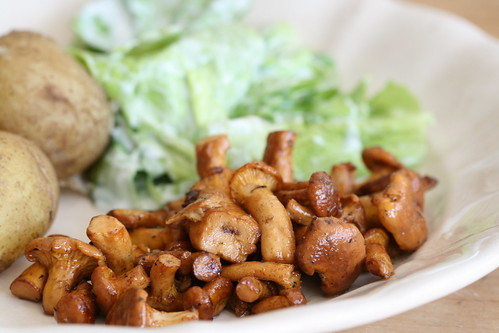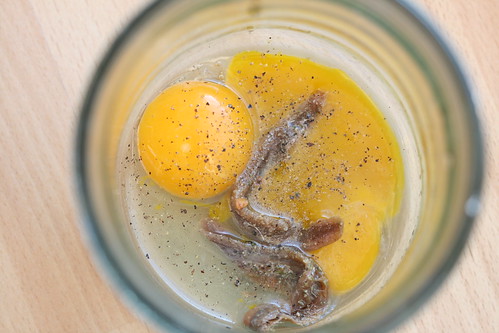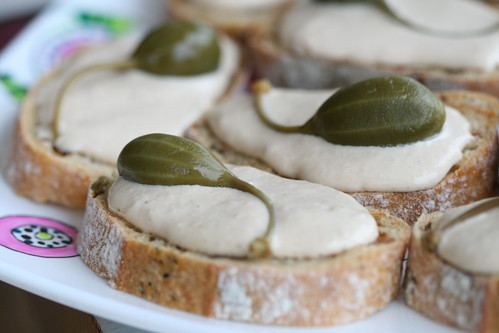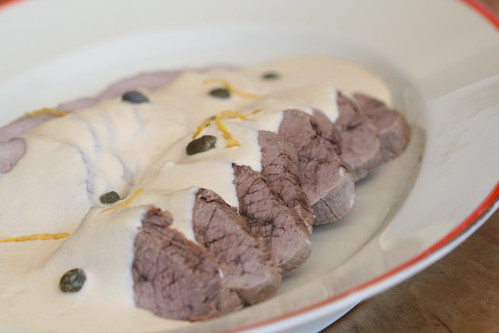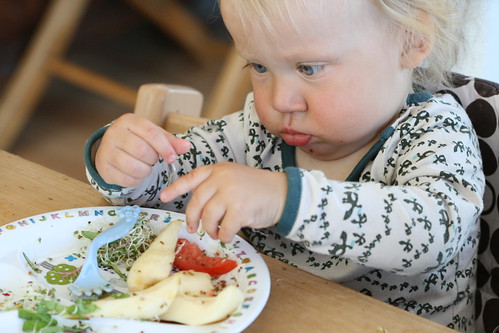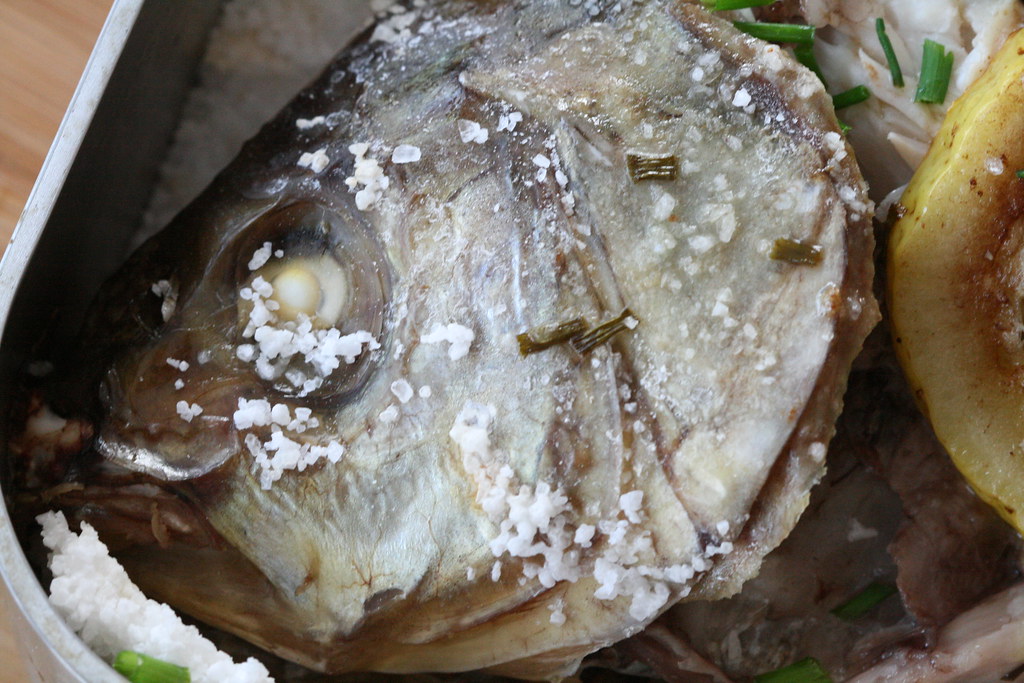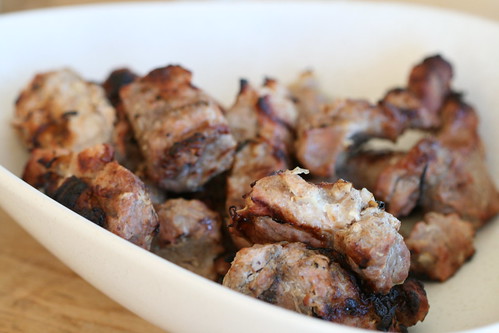
During the long and light Wednesday night most Estonians stayed up really late, sat around a bonfire and ate lots of barbecued and roasted pork and sausages. So did we, although we chose to stay "in town" this year and enjoy our new garden and patio. Few friends came over and we ate lots of delicious food, including two different types of pork, grilled chicken livers in sherry-honey marinade, boiled new potatoes with lots of dill, Estonian home-made cheese, egg and cottage cheese salad, freshly pickled cucumbers, home-baked rye bread, a crispy coleslaw, and various desserts. (Thank you, P&K and P&K for your potluck contributions ;))!
One of the dishes I really wanted to make again - and share with you - was the traditional Estonian-style "
šašlõkk" or shashlik. It's a controversial dish. Most people buy their shashlik meat from the supermarkets, already seasoned and marinated. Those who make it from scratch can argue about the best cut of pork to use, whether or not to use vinegar, how much onion to use etc. I LOVE the hint of vinegar flavour in my shashlik, but it does dry the meat out a little, so you must choose a juicy cut of pork (this is NOT the recipe for using tenderloin or such like), or simply omit the vinegar from the recipe below. It'll still be a delicious meat dish.
Traditional side dishes would include freshly boiled new potatoes, a cucumber and tomato salad with some sour cream (but a coleslaw would work as well) and some ketchup :)
Estonian Shashlik(
Traditsiooniline šašlõkk)
Serves 4 to 6, depending on the amount of side dishes
1 kg pork shoulder
4 large onions
2-3 garlic cloves, crushed
2 Tbsp vinegar (30% proof)
2 tsp finely ground salt
1 tsp freshly ground black pepper
1 tsp caster sugar
Cut the pork shoulder into thick slices (about 1,5-2 cm), then into small chunks, sized about 4x4 cm. Place into a large bowl.
Peel the onions and cut into thin slices. Add to the bowl with crushed garlic, salt, pepper and sugar. Sprinkle the vinegar on top:

Now - wearing a pair of kitchen gloves - massage the meat and onion rings for about 10-15 minutes, so the onion juices are released and the seasonings are firmly massaged into the meat chunks. Instead of dark red (as above), the meat should look much paler now:
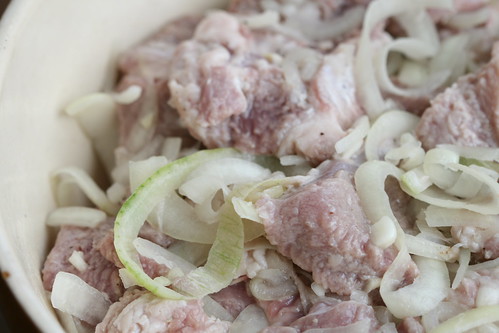
Cover the bowl and leave to marinate for 24 hours.
Pierce the meat chunks into a skewer and cook over hot coals until fully cooked and dark brown outside. (Sorry, I cannot give more accurate timings here - it all depends on your cooking vehicle).
